Popular science | introduction to the types and tastes of individual coffee in the cafe
For professional baristas, please follow the coffee workshop (Wechat official account cafe_style)
Now walking into a coffee shop, you can see not only cappuccino, latte, mocha and other coffee, but also coffee from different countries. People who are in initial contact with boutique coffee know something about it, and it is easy to order.
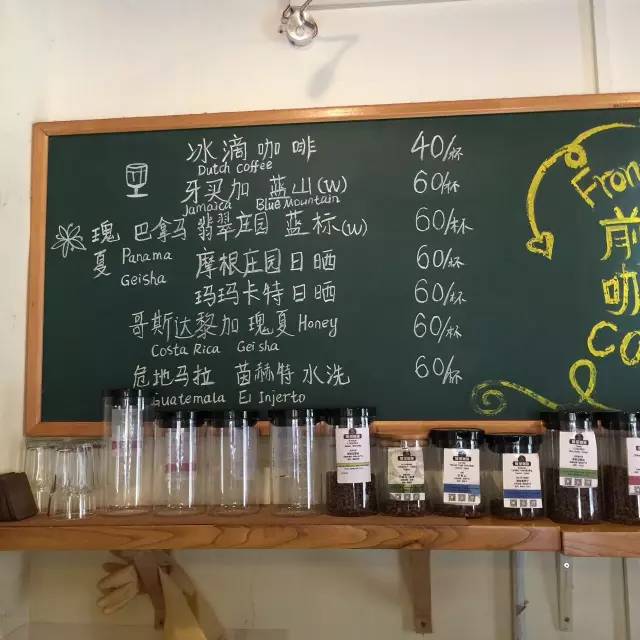
So how do you pick out a coffee that suits you from these dazzling national place names if you haven't come into contact with boutique coffee? Let's popularize science today:
The origin of coffee beans is mainly divided into:
Africa, Central and South America, Asia and islands
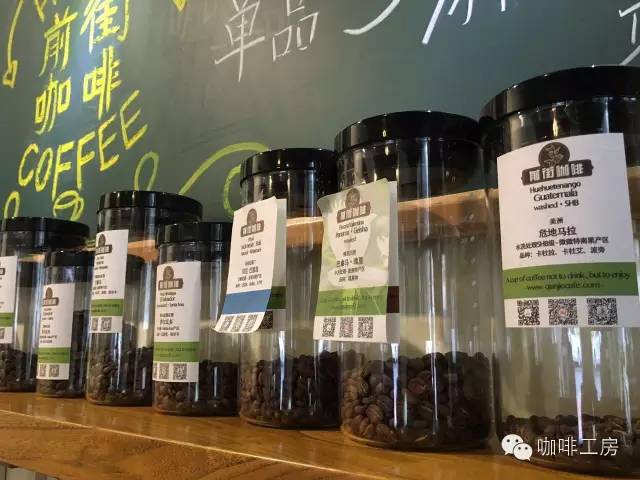
Coffee trees are only suitable for growing in the tropics or subtropics, so the zone between 25 degrees north and south latitudes is the most suitable for growing coffee. This coffee production zone is generally referred to as "coffee belt" or "coffee area". The ideal planting conditions of coffee trees are as follows: the temperature is between 15 ℃ and 25 ℃, and the annual rainfall must reach 1500mm~2000mm. At the same time, the rainfall time should be matched with the flowering cycle of coffee trees.
Of course, in addition to the coordination of seasons and rainfall, there should also be fertile soil. The most suitable soil for growing coffee should be fertile soil that is well drained and contains volcanic ash.
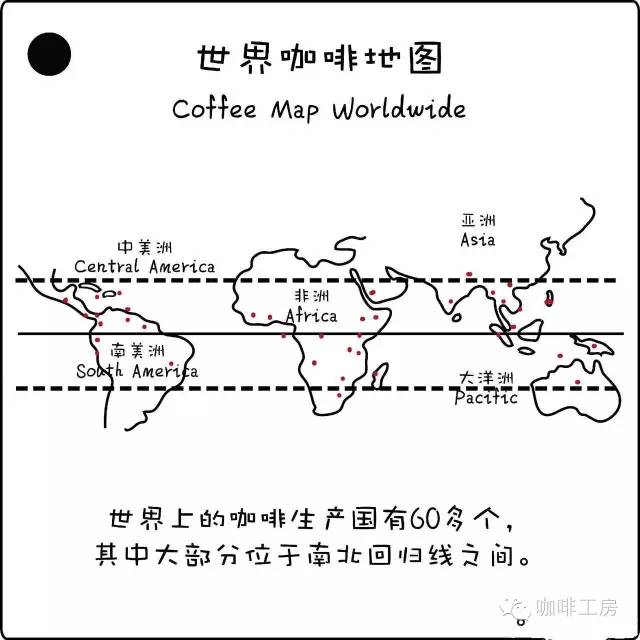
As for the ideal altitude of 1000m~2000m, it can be seen that the conditions for the cultivation of high-quality coffee are quite strict: sunlight, rainfall, soil, air temperature, as well as the way coffee beans are harvested and the production process will affect the quality of coffee itself.
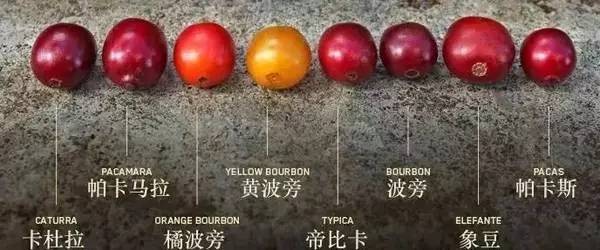
African coffee
Flavor characteristics: charming acidity
African bean flavor: Ethiopian coffee has a strong orange flavor, Kenya coffee has a strong raspberry flavor, as well as sour aromas of black plum juice and grapefruit, and sweet sugar cane. The orange aroma of Ethiopian coffee and the raspberry flavor of Kenyan coffee are the most important features of African beans, and they are also the most attractive to coffee fans.
African coffee is generally characterized by strong aroma and charming acidity, its sour brightness is lively and exhilarating, but African coffee is often slightly thin and not very sweet. African coffee due to drought and lack of water, mostly use the sun method to deal with raw beans, the bean shape is often uneven and beautiful, and the defect rate is high.

Representative:
Kenya
Kenya grows high-quality Arabica coffee beans, which absorb almost the essence of coffee cherries, with a slightly sour, thick aroma, and are very popular among Europeans, especially in Britain. Kenya Coffee has surpassed Costa Rican coffee and become one of the most popular coffee. With the aroma of mellow wine and flowers, the texture is full, small and round, because it is easy to roll in the pot, it can be roasted evenly, suitable for home baking.
Kenyan AA coffee is the best coffee in Africa, with a thick and full texture, slightly acidic, smooth taste and slightly alcoholic aroma. AA represents the highest quality coffee beans in Kenya.
[Kenya AA] (water washing is shallow)-angular strong fruit acid, and this Kenya, let me feel gentle, like facing the sea, the feeling of breeze blowing. Unlike Kenya, which used to be berry-based, this time it has a delicate red wine with sour fruit, cherry sweetness, BlackBerry lips and teeth, and a tail of black plum and sugar. Ice droplets are nice!

Ethiopia
Ethiopia is an agricultural country with a history and tradition of coffee origin. The place where the name "coffee" comes from is Kafa in the southwest, while the Sidamo place in the south is the main producing area, and Yega Xuefei is one of the southern producing areas of Sidamo. Eastern Highland Hara is as famous as the coffee name "Hara".
Ethiopia is an important coffee producer with about 12 million people engaged in coffee production and is a major exporter of Arab coffee beans in Africa. The high-quality coffee here is of excellent quality and is worth looking for. It has a soft taste, with wild flavor of wine, and slightly sour taste, unforgettable after drinking.
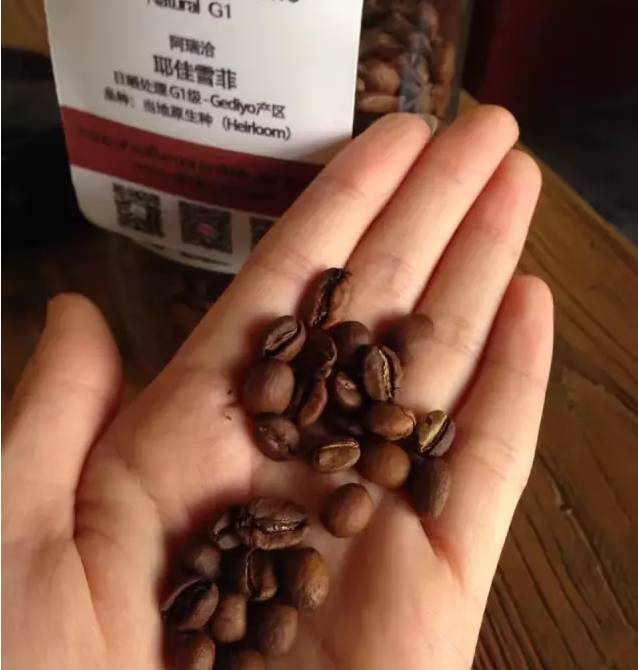
Yejaschuffe itself is a small town of about 20, 000 people, and the three neighboring producing areas, Wenago, Kochere and Gelena Abaya, are also classified as Yejasuffe because they produce coffee with almost the same flavor as Yejasuffe. Yejacheffe is similar to the neighboring Sidamo in terms of culture and geography, but it seems to be more favored to enjoy the advantageous conditions, top-quality Yega Chefe coffee with floral aromas, bright citrus acidity, lemon flavours and silky taste.
[Yechuefi aricha, Ethiopia] (light sun baking)-light fermented wine, sweet orange, spices, honey sweet, Aricha processing plant sun Ariga is the highest grade of G1 by ECX, from raw bean appearance, consistency, freshness to dry aroma and flavor are excellent.
[Yega Sherphine Woka, Ethiopia] (slightly roasted with water)-lemon, kumquat and white grape juice, the Waka Cooperative joins the famous Yejia Sheffield Coffee Farmers Cooperative Union to produce quality water washing Ethiopia can reach the highest level of G1.
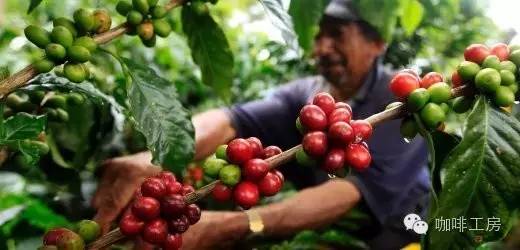
Sidamo
[Sidamo 90+levelup candlelight] (light sun roasting)-rich aromas of berries, flowers, grapes and a variety of tropical fruits, Ninety plus is an internationally renowned coffee bean production and sales company, and is famous for providing rare and unique coffee beans, the top and unique representative of raw beans.
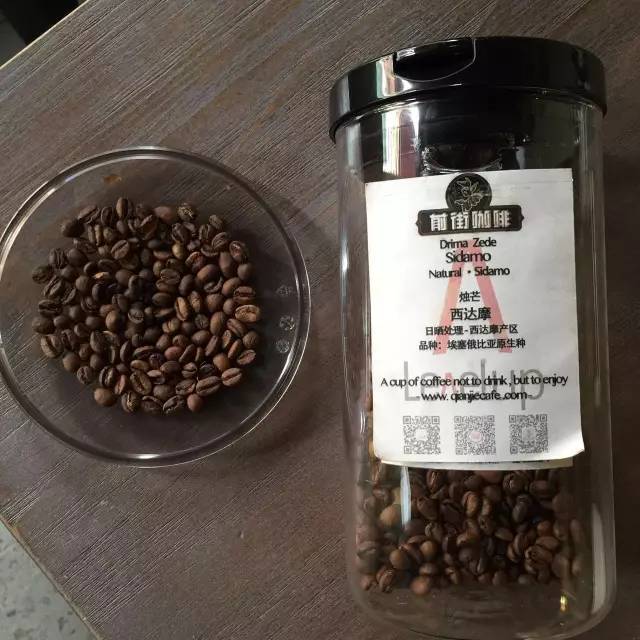
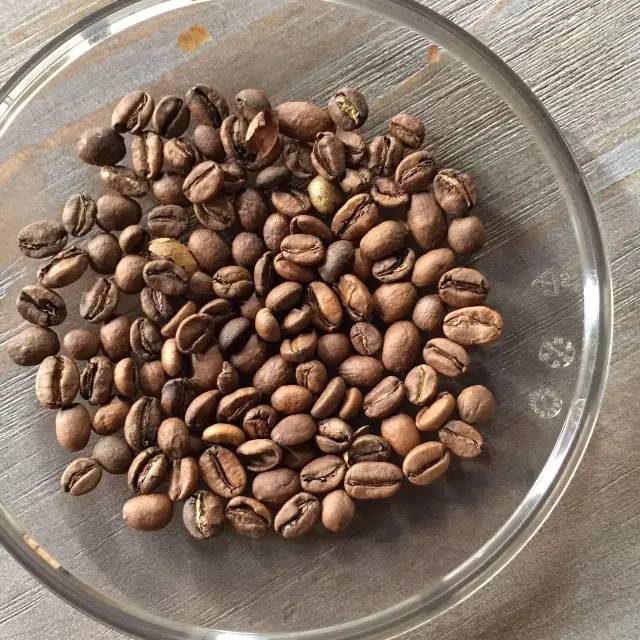
Central and South America
Characteristics of taste: balanced, moderate acidity and mellow taste
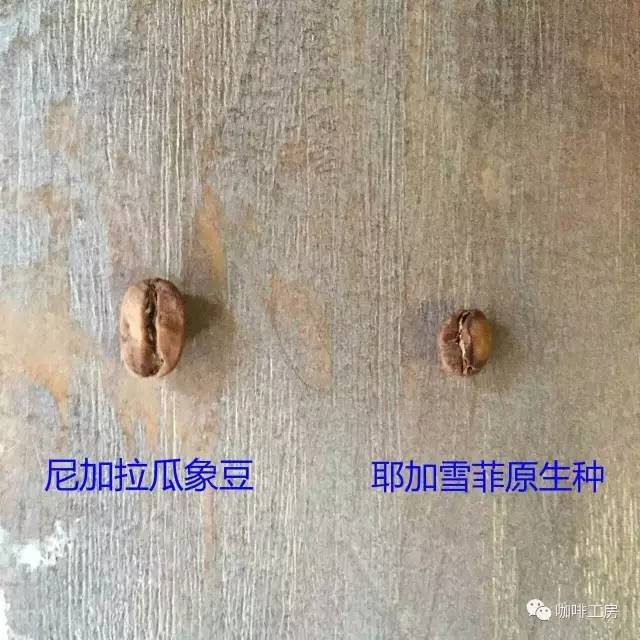
The flavor of Central and South American beans: generally speaking, the flavor is relatively regular. The Brazilian coffee is soft and sweet, while the Costa Rican coffee is gentle and supple, with a blend of sour, sweet and chocolate aromas.
Panamanian coffee has strong aromas of citrus, jasmine, almond, mango and nectar, with bright acidity and a strong resemblance to Ethiopia's national treasure bean Yega Sheffield. Pacamara coffee has a pleasant spicy aroma, a hint of ginger, sour and fruity. The most important feature of Nicaraguan coffee is its charming almond flavor, which tastes stuffy.
The overall flavor of Latin American coffee is famous for its balance, and all the flavors in Latin American coffee can be found in Latin American coffee. The widespread use of wet treatment of raw beans is also one of the characteristics of Latin American coffee, good processing also makes its beans larger and more uniform than African coffee, and the defect rate is lower.
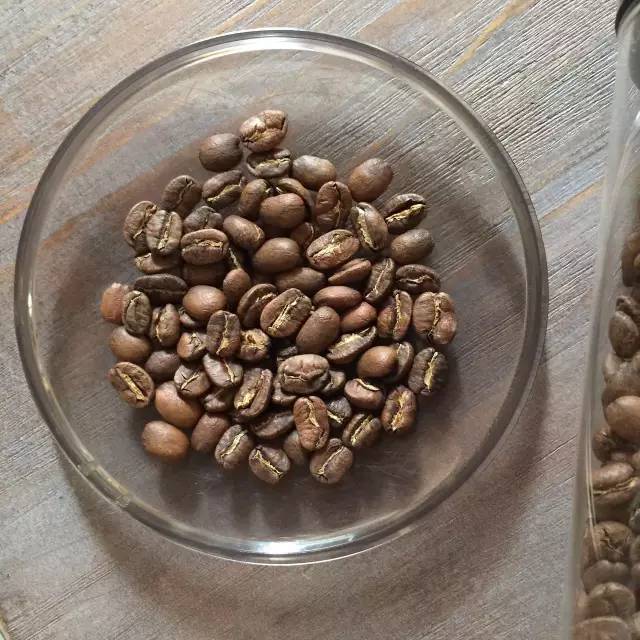
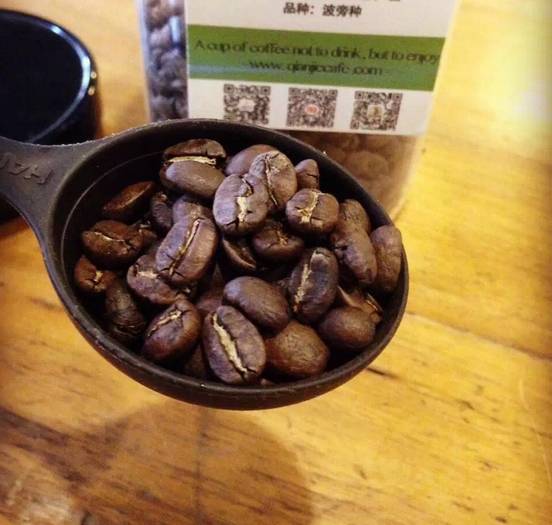
[representative]:
Colombia
Colombia is one of the largest producers of high-quality coffee in the world, a bright pearl in the world coffee map and a coffee land blessed by God. Arabica coffee is grown on steep slopes 800 to 1900 meters above sea level and is hand-picked and washed.
[Santa Rita, Colombia] (deeply baked in water)-sucrose, clean, medium thickness, Santa Rita Manor, located in Antioquia, Colombia, treats coffee in the traditional way: picking coffee cherries by hand. Then the coffee fruit is washed and dried in a scaffolding. The environment around the Andes makes this coffee-growing area rich in volcanic soil and rich in water resources.
El Salvador
El Salvador coffee is also extremely high quality, and unique flavor: a strong sense of balance, fresh and lively, mild taste, sweet and pleasant, can be described as "pure natural flavor". This is because of the fertile soil, suitable altitude, good climate, intergenerational planting techniques and tree species with fine pedigree.
[Ataisi Manor Pacamara in El Salvador] (washed moderately roasted)-Nuts chocolate, passion fruit, cream, strawberries, the national average of high altitude, such a geographical environment is very conducive to the growth of coffee, farmers use the traditional way of growing: almost 100% shade planting. Pacamara is the artificial breeding variety of Pacas and Maragogipe, and Pacamara is a rare excellent variety under artificial breeding.
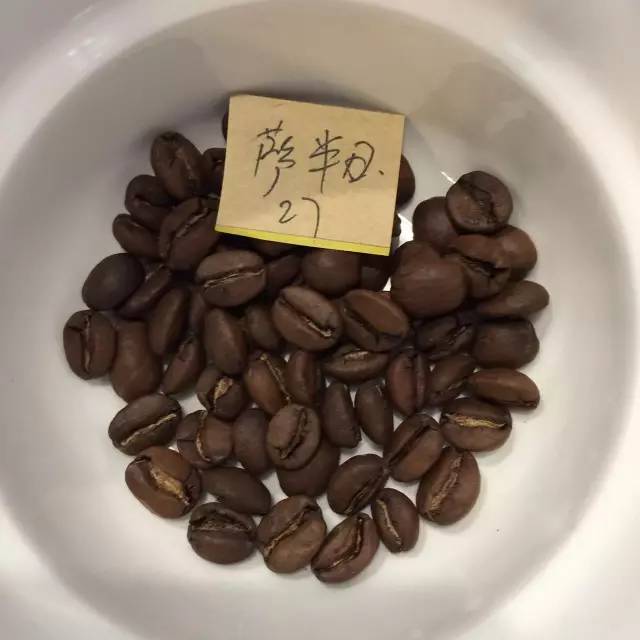
Guatemala
Guatemala is a coffee producing area that can not be ignored and is a typical representative of coffee flavor diversity. SHB (hardest bean) in Guatemala is almost a well-known synonym for high-quality coffee. This is because there are more than 300 kinds of microclimate, high mountains, Pacific Ocean, Atlantic Ocean, huge volcanic lake, Mexican plain. And rich geographical and climatic resources.
[Guatemala]-- the world's top manor Guatemala [Incht Manor] bid for Pandora Pacamara, with smooth taste, full flavor, outstanding sweetness of nuts and sweet tropical fruit.

Bolivia
The unique tropical rain forest environment in some parts of Bolivia provides excellent natural conditions for the growth of organic coffee. The aroma of Bolivian coffee is rich and unique, both after the bean is ground and the aroma of the coffee is quite rich, similar to the mixture of flower and fruit aromas, the perfect nutty flavor is impressive.
[Lake Titicaca, Bolivia] (moderately roasted in water)-dry aromas of roasted nuts and almonds, soft acidity of oranges and white grapefruit on the palate, sweet caramel as a whole, smooth texture of firm fruit milk, cleanliness and balance, and attractive herbal aromas.
Panama
Panamanian caffeine is famous in the world, and the reason is that it is closely related to Panama's unique physical and geographical conditions. Moderate curry body, smooth taste, delicate acidity, well-balanced taste value, coupled with subtle flavors such as caramel, chocolate, citrus and jasmine.
[Boquete Pocket] this is the Panamanian region we are most familiar with. The special mountainous terrain of this area forms a microclimate which is very suitable for growing coffee. Planting varieties: Tibica, Kaddura, Kaduai, bourbon, rose summer, [flower butterfly] contains 40% roses in summer, a bean with high performance-to-price ratio, classic rose flower and fruit flavor

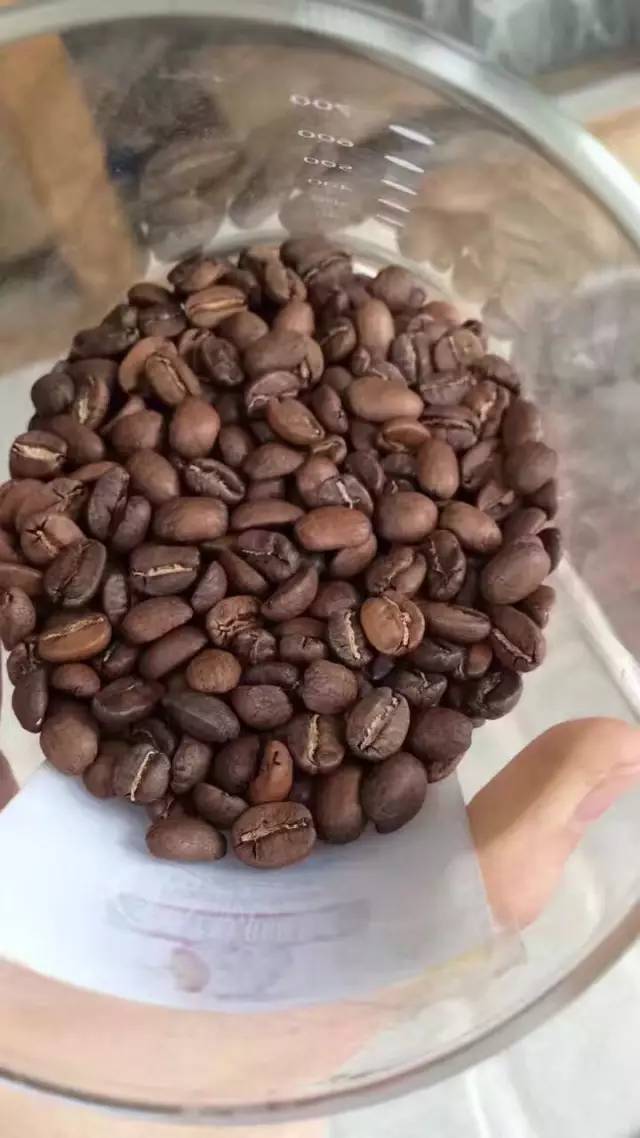
Costa Rica
The coffee beans produced at the high latitudes of Costa Rica are famous in the world, full-bodied, mild in taste, but extremely sour. The coffee beans here have been carefully processed, which is why they have high quality coffee. Located in the south of SanJos é, the capital of Tarasu, Costa Rica is one of the most valued coffee growers in the country.
[Costa Rican Chateau Saint Romain] (deeply baked in water)-soft orange notes, toast, caramel cocoa sweet, St. Romain Manor is located in Tara Zhu producing area, coffee plant 1750-1850 meters above sea level, variety Red Catuai, the owner of the Gutierrez family has 50 hectares of coffee planting area.
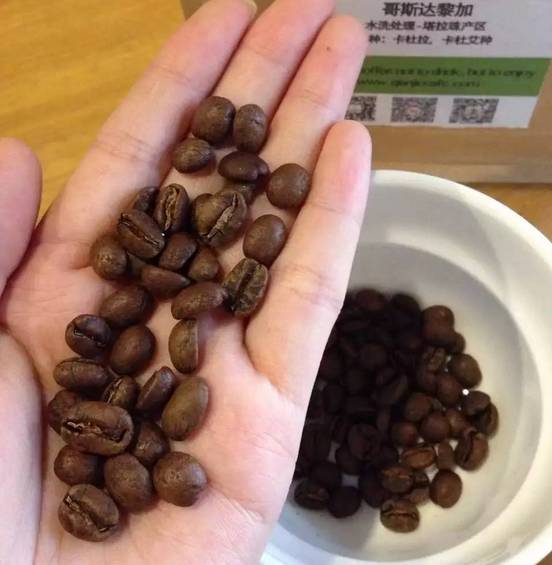
Asian coffee
Characteristics of taste: deep flavor and strong taste
Asian beans and island flavor: mellow thickness is higher than Central and South American beans and African beans, but the sour taste is lower, the flavor is slightly sunken wood, herbs, spices and soil, and the low stuffy aroma is higher than the rising sour flavor. Island beans are relatively light and gentle, with a light and elegant tone.
When it comes to Asian coffee, the first impression of coffee lovers is often calm and calm. It is precisely because of the heavy nature of Asian coffee that it is very suitable to be used as a base when making Italian coffee. The raw coffee beans in Asia are generally processed by wet or semi-wet process. most of the raw beans are uniform, but the color of the beans treated by semi-wet method is darker. Asian coffee is generally characterized by thick flavor, strong sweetness and round taste, but slightly flat aroma and brightness.
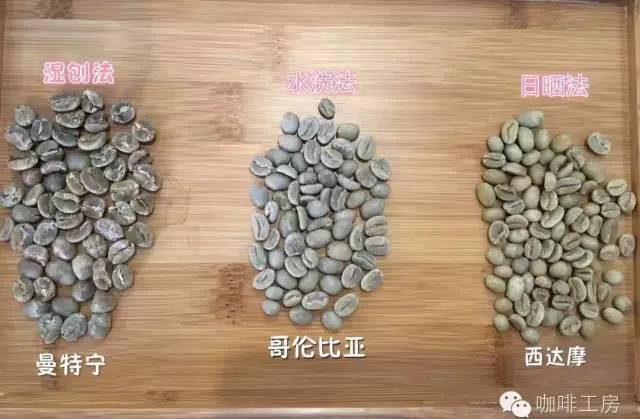
Representative:
Indonesia
Coffee cultivation in Mantenin, Sumatra, began in the 18th century, when it was planted near Aceh province on the north side of Lake Tawar. For a few days, most of the Sumatran coffee area is located in the south of Lindong, Subu and Takengon coffee. Because there is little difference between planting areas, Sumatran coffee does not use the producing area as the distinguishing standard, but the way of picking and handling has a great influence on the flavor of Sumatra coffee. The famous "Golden Manning" is an excellent product after the Japanese strictly control these procedures.
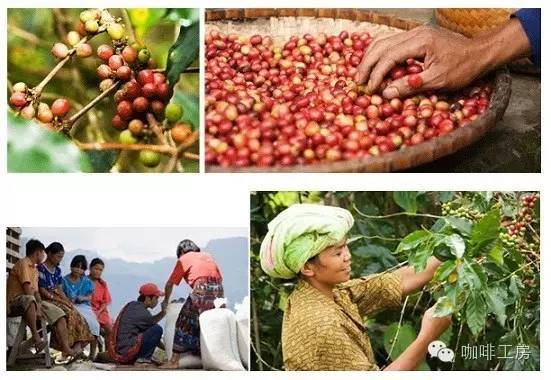
Mantelin is one of the world's most suitable for deep roasting coffee beans, one of the famous reasons is that it does not lose its own characteristics after deep roasting, mantelin heavy flavor and low acidity, combined with thick taste like traditional Chinese medicine makes it very popular in Asia, in fact, good quality mantelin is also very suitable for light roasting, in this degree of roasting can show good fruit flavor.
[Sumatra Mantenin Indonesia](deep roasting in traditional wet planing)-Roasted toast, nuts, pine, caramel, herbs, mantenin coffee is produced in the Toba Lake region of Subei Province and the Tawa Lake region of Aceh, which is known as the "Two Lakes Double Man".

The aroma of Golden Manning Coffee is rich and full-bodied, with clear high-quality acidity, high balance, and sometimes nutty flavor. In terms of appearance and quality, Java coffee is excellent, just like a woman's vaguely charming, charming and just right, memorable.
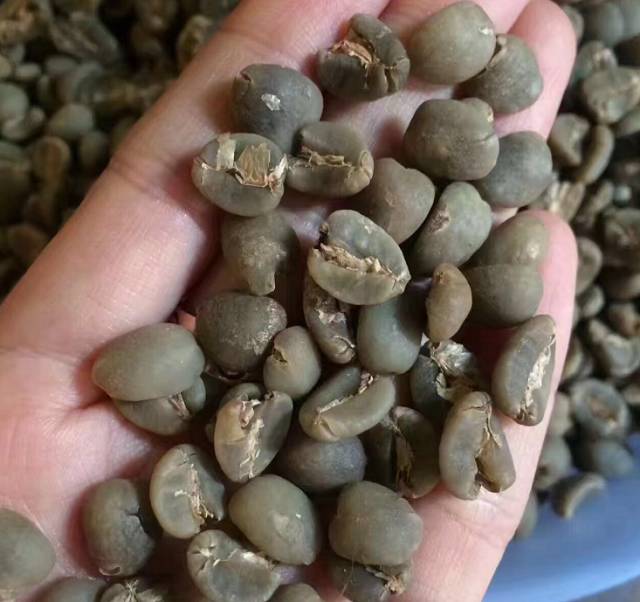
Papua New Guinea
Papua New Guinea is an anomaly in Indonesian coffee. Coffee estates are numerous, large and small in scale, and most of the small estates produce washed organic beans with strong flavor but no local flavor. These small estates also produce a small amount of sun beans, which are more varied and delicate than water-washed beans; the taste of large manor coffee is more clean and delicate, but some people think that it has less personality. Basically, Babu coffee is lighter than java beans, somewhat similar to good Central American beans. Most of the coffee trees in the area come from the Tibica seed of the Jamaican Arabica bean, mixed with the Arabica bean from Tanzania.
[PNG Chimere Manor, Papua New Guinea] (moderately roasted with water washing)-nuts, sugar, low acidity and solid, due to excellent growth conditions and stable quality control process of the processing plant, the coffee produced has an active sense of brightness and retains a considerable degree of flavor uniqueness of Papua New Guinea coffee.
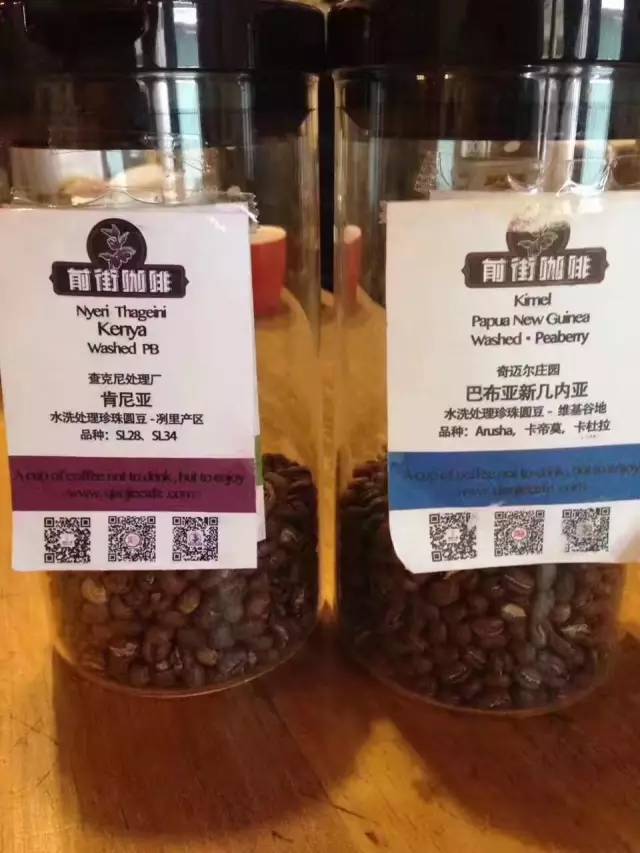
You have heard the saying that coffee is divided into "cod bean" and "mother bean" before, right? Public beans are what we now call round beans. There are round beans in Kenya, Tanzania, Mexico, Papua, Hawaii and other producing areas. Kenya, as a representative of sour coffee, is most attractive to me because of its refined berry characteristics. Make a cup of medium-to-shallow baked Kenyan round beans, with a strong fruit tone, partial to the acidity of grapefruit, complex and varied flavor, rich and layered flavor.
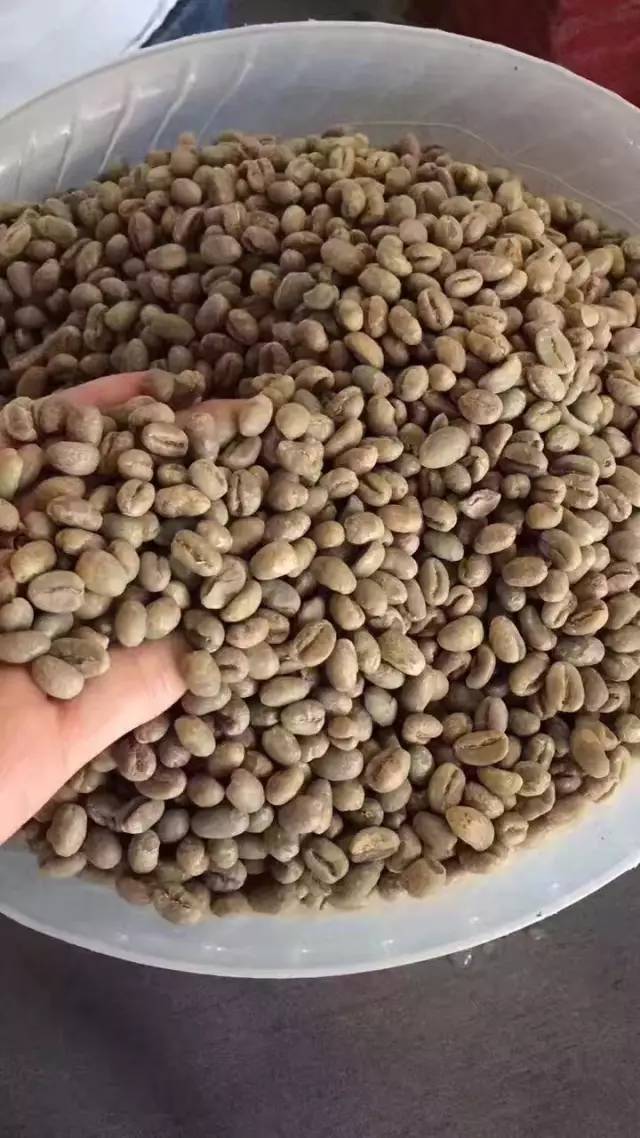
Yunnan small grain coffee
Small-grain coffee is suitable for growing in the mountains at an altitude of 800 to 1800 meters. If the altitude is too high, it will taste sour, and if it is too low, it will taste bitter. Small grains of coffee are mostly planted in dry and hot valleys about 1100 meters above sea level, so they are moderately sour, rich and mellow. There is a unique environment suitable for the growth of small seed coffee in many areas of Yunnan, and the quality of small seed coffee is excellent.
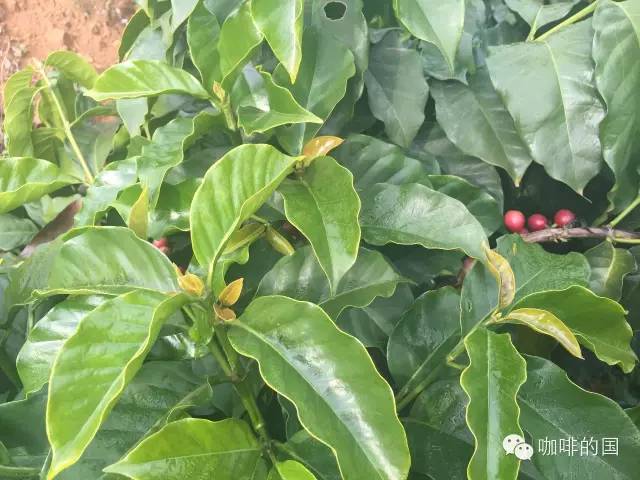
[Yunnan Tibika] (moderate washing): the oldest native variety in Ethiopia and southeastern Sudan, all Arabica are derived from Tibika. The flavor is elegant, but the physique is weak, the disease resistance is poor, the fruit yield is less. Excellent manor beans such as the Blue Mountains of Jamaica, Manning of Sumatra and Kona of Hawaii all belong to Tibika. Tiebika top leaf is red copper, called red top coffee, Tibika belongs to Arabica. Palate: floral aroma, sweet melon, black tea.
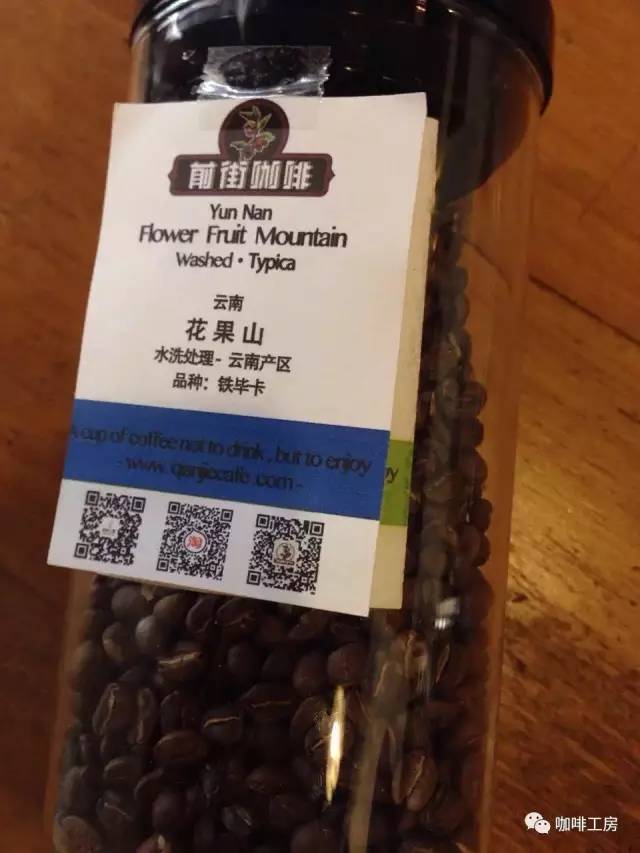
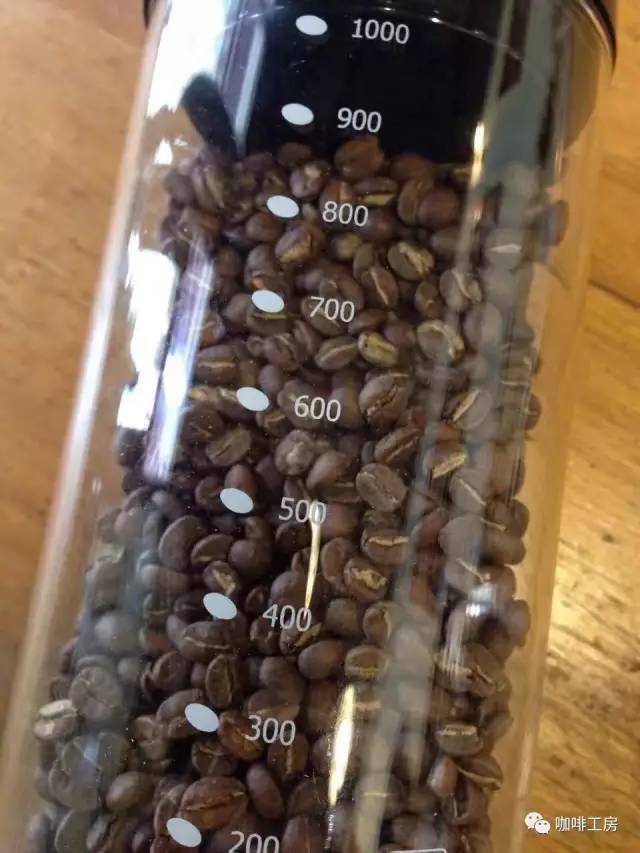
In order to match the characteristics of coffee itself, the goal of roasting is to adapt measures to bean conditions and highlight the characteristics of these coffee itself. In tasting beans, although we divide our products into light (light roasting), roman (medium roasting) and bold (medium roasting) according to the baking degree and taste mode, the specific coffee varieties switch from continent to continent on a monthly basis.
So, please follow the coffee shop to taste the beans, so that you can taste the best and richest coffee in the world.
[recommended]
Coffee raw bean treatment, what is the sun, washing, honey treatment?
Coffee tasting: drinking coffee and drinking coffee are different concepts, how can you taste it good or bad?
Just started to play hand Chong? The barista gives you some experience | Coffee workshop
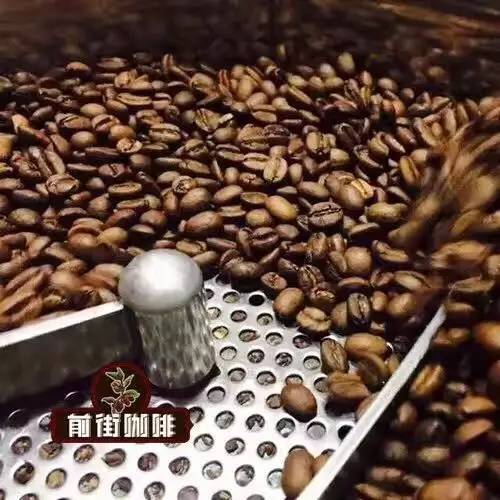
Important Notice :
前街咖啡 FrontStreet Coffee has moved to new addredd:
FrontStreet Coffee Address: 315,Donghua East Road,GuangZhou
Tel:020 38364473
- Prev

Explore the secret | what is a cup of authentic Guangdong-Hong Kong coffee like?
Communication of professional baristas Please follow the coffee workshop (official Wechat account cafe_style) to make a pot of coffee in the morning, or to have a cup of coffee after lunch break before working, which is the daily habit of many people. Some people think that coffee is bitter and astringent, like 24 flavors, but in the eyes of enthusiasts, coffee is not only a rich drink, but also represents a comfortable life. As early as in the last world
- Next
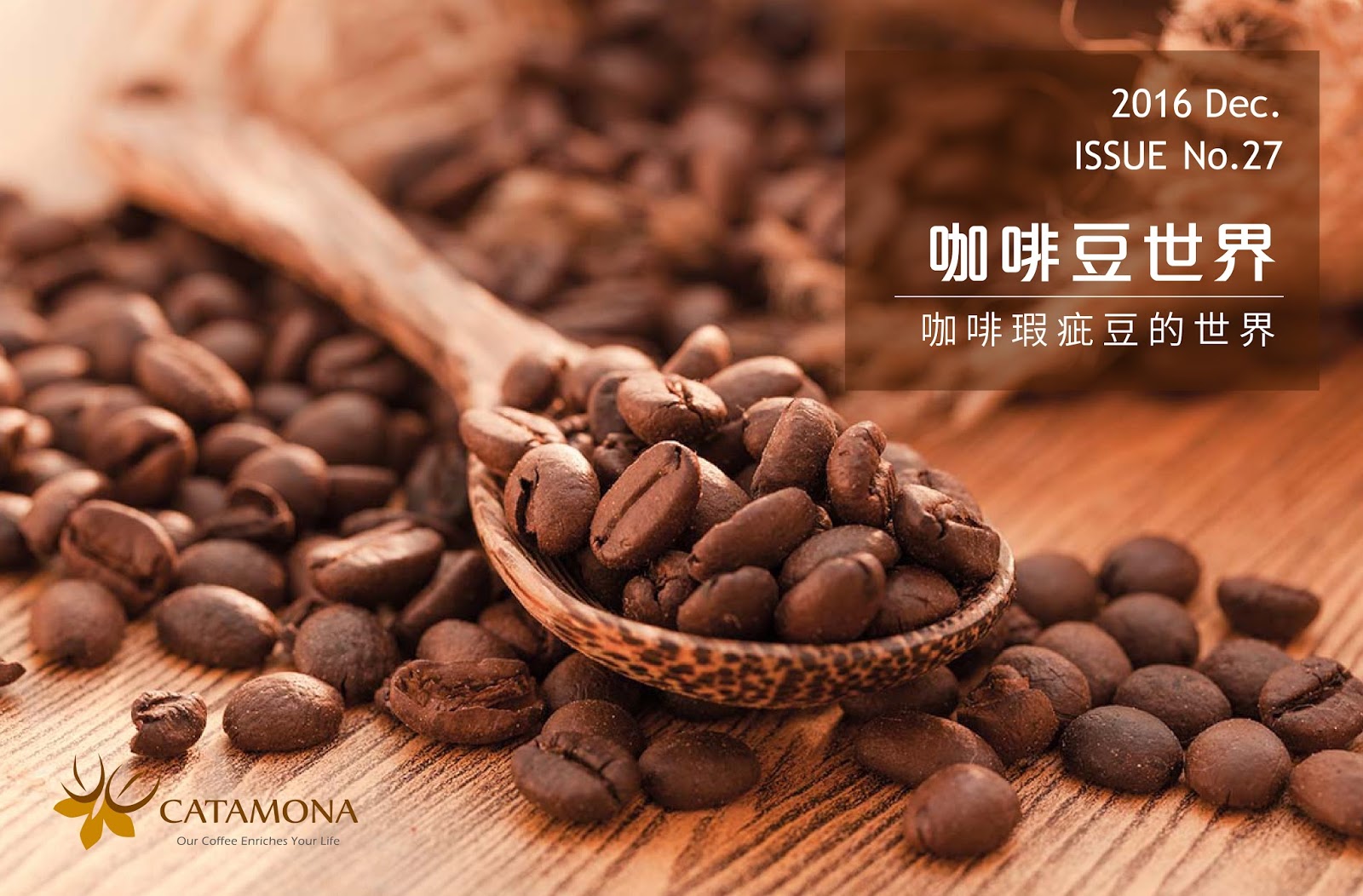
World of Coffee beans | World of defective Coffee beans
Communication of professional baristas Please follow the coffee workshop (Wechat official account cafe_style) to introduce you to the world coffee growing environment of defective beans. The difference in appearance of coffee beans comes from different growth environments. The growth belt of coffee usually consists of the Tropic of Cancer and Tropic of Cancer and tropical areas near the equator. Unique coffee varieties are grown in special growth areas, categories of coffee beans and
Related
- Beginners will see the "Coffee pull flower" guide!
- What is the difference between ice blog purified milk and ordinary milk coffee?
- Why is the Philippines the largest producer of crops in Liberia?
- For coffee extraction, should the fine powder be retained?
- How does extracted espresso fill pressed powder? How much strength does it take to press the powder?
- How to make jasmine cold extract coffee? Is the jasmine + latte good?
- Will this little toy really make the coffee taste better? How does Lily Drip affect coffee extraction?
- Will the action of slapping the filter cup also affect coffee extraction?
- What's the difference between powder-to-water ratio and powder-to-liquid ratio?
- What is the Ethiopian local species? What does it have to do with Heirloom native species?

